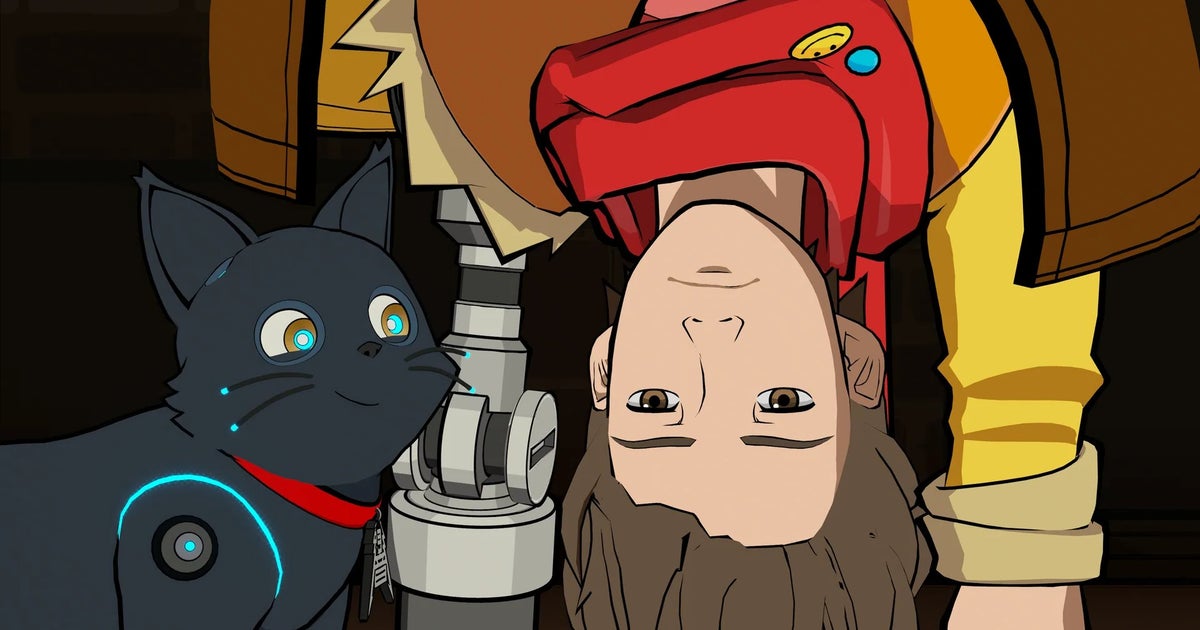Children and adolescents
Children’s bones aren’t fully set, which makes them much less likely to suffer long-term problems after injury, even breaks. “They’ve got growth plates, which allow bones to get longer and develop,” says Mehmet Gem, a specialist hip physio and regional lead at Pure Physiotherapy in Exeter, speaking via the Chartered Society of Physiotherapy. The only drawback comes if a child plays their favourite sport too much and the plates become irritated. “If you have someone who plays tons of football, they might develop heel or knee pain.” If this happens, they can keep doing the activity, only less of it, “within what the pain permits and without further irritation. The less that they avoid, the better, so they stay strong and don’t feel scared to then get back to it.”
You can’t stop children jumping off walls, but occasionally, the resulting ankle sprains can cause recurring symptoms. Sprains impact the soft tissues, mostly ligaments and usually, says Gem, “if you manage it with ordinary daily activity, the symptoms will settle and resolve. If it’s bruised and swollen, it would need some directed rehab.” This is when you should seek a referral to a physio, “to address the resulting weakness from the injury and make it less prone to happen again”.
Variety is key: Matt Todman, of Six Physio in London, balks when he sees kids taken out jogging: “It’s much better for kids to be playing team sports and games which are multi-directional with twisting and turning – kids need so much more stimulation and variety.”
Young adult to mid-30s
Todman firmly believes that in your 20s, your priority should be having a good time. “Our bodies are adaptable, and we can regenerate tissue much quicker because we have more cells being laid down and less being killed off. In my experience, around 35 is the top of the hill.” So your mid 30s is crunch time, when your muscles and bones start gradually weakening, and you need to build bone and muscle strength to future-proof your joints. “The exercise you do today will have a big impact on what happens tomorrow.” If we let our bone density and muscle volume slide, we’re more prone later to falls and hip breaks. The answer, says Todman, is “load-bearing, weight-bearing and resistive-type exercises in the gym, using weights, resistance bands and gravity”.
Yoga can be weight-bearing, too – especially dynamic versions that include side planks and other poses using body weight to build strength. But beware, says Todman, of classes that are more focused on stretching. “You need to have some control of the movement rather than pushing stuff to the end of your range,” he says. “If you’ve got a repetitive muscle-skeletal problem, yoga may make it feel better, but this is instant gratification versus getting better. You need to know why the tissue is tight.” If you have tight hip flexors in front of the hips, rather than stretching you probably need to engage your glutes more, to resolve the problem. It will take a good six weeks of daily exercise to see the results: “Doing squats, reverse lunges, forward lunges, step-ups, step-downs, hip thrusts – anything where you can feel your bum working hard, rather than just your thighs.”
40s
Joint pain as we get older is increasingly down to osteoarthritis, which involves the whole joint, says Zoe Paskins, a rheumatologist at Keele University. “It’s not just the bone or cartilage, it’s the muscles, tendons, lining, ligaments and blood system.” With wear and tear, the body responds with repair and inflammation. “Typically that repair process activates, and then maybe settles down,” she says, which is why osteoarthritis pain isn’t consistent – this is good news. “It can get better,” says Paskins. Activity over rest, yet again, is key, both in prevention and recovery. “Strong muscles take more pressure off the joint. So activity doesn’t harm.”
Men and women need to up their focus on bone and joint health in their 40s. For women, says Todman, “as you start getting near the other side of the menopause, the rate at which old bone is being broken down becomes out of balance with the rate at which new bone is created”. The good news is that by beefing up weight- and load-bearing exercises, eating enough calcium, and avoiding vitamin D deficiency in the winter, which can lead to poor calcium absorption, you can help counteract this effect. If HRT is right for you, this can also reduce the risk of osteoporosis.
Menopausal and perimenopausal women are more likely to experience pain on the sides of the hips, too. “Hormonal changes have a negative influence on tendon health, leading to pain that can even feel similar to an arthritic hip,” says Gem. “Patients often struggle to lie on their side or sit cross-legged, or exercise.” It’s not just the hips that are affected – it might be the sudden onset of “tennis elbow” – and when a joint begins to hurt, says Todman, “you start moving badly, and that poor movement pattern exacerbates your symptoms”. This is when you should see a physio to get exercises to correct strength imbalances.
For men, says Gem, “bone mass density has a close correlation with serum testosterone levels, which decrease by 1% annually”. In later life, he says, this can lead to “osteoporotic changes, making it even more pertinent to stay strong and maintain that bone density”. Weight-bearing exercises are often most effective for bone density, but finding any exercise you like can be more effective if it means you’re more likely to do it.
The temptation in middle age is often to go completely crazy with exercise before it’s too late, which often leads to injuries that stop new regimes in their tracks. “People are normally pretty good for this initial six-week period,” says Todman. “They start running, go and hit tennis balls, or go to the gym, then suddenly their shoulders are sore or their backside is tight, because they’ve done far too much, far too soon.” He recommends the approach of the NHS Couch to 5K app, which takes five weeks to build up to running 5km, even though, “most people can probably run 5k tomorrow. But it’s this very gradual and specific loading programme so your joints get used to it and don’t give you problems at six weeks,” says Todman.
50s
Balance declines after 60, making joint damage through falls more likely, so in your 50s you should start preparing. “Pilates, yoga and tai chi are brilliant at maintaining that range of motion of your joints,” says Todman, the former two also boosting flexibility, “as are swimming and passive stretching.”
This all builds confidence, too, which helps with recovery, pain perception and avoiding the fear that stops us doing things that are good for us lest we prang our backs or turn an ankle. Googling symptoms, on the other hand, will do the opposite. “You’ll find the worst-case scenarios and that adds to anxiety that that’s it, you’re stuck with a pain now, when in reality there’s a lot that you can do,” says Gem.
60s
By this time, says Todman, “we should all be very happy standing on one leg for 30 seconds. So when you brush your teeth, stand on one leg. If that’s easy, close your eyes when standing on one leg as well, or try standing on tiptoe on one leg.” We also need to work on nimble sideways stepping, he says. “When we fall, it’s rarely forwards, so things like grapevine moves in aerobics, where one foot goes behind the other as you move sideways, are really good for people in their 60s and above getting that coordination.”
Keep on running or doing what you love for as long as you can. “People think that running is bad for your knees and hips,” says Todman, “when there is plenty of evidence to say that runners have less chance of developing osteoarthritis. It’s really good for your joints – use it or lose it.”
Over-70s
It is important to keep up strength throughout life and while the most popular examples online for this, says Gem, “are the exercises that look the most sexy and complicated, some of the more simple exercises are my staples”. A key example is, if squats have become too much, simply doing reps of the sit-to-stand movement is crucial and challenging. “Step-ups are also fantastic,” says Gem. “Not only for working on single leg control and strength but also helping to improve single leg stability.” Variations to increase difficulty include increasing the step height or holding weights. “These kinds of exercises, says Gem, “not only improve bone and joint health and muscular strength, but they help people feel more physically robust and resilient, and reduce the incidence of falls.”

Sarah Carter is a health and wellness expert residing in the UK. With a background in healthcare, she offers evidence-based advice on fitness, nutrition, and mental well-being, promoting healthier living for readers.








